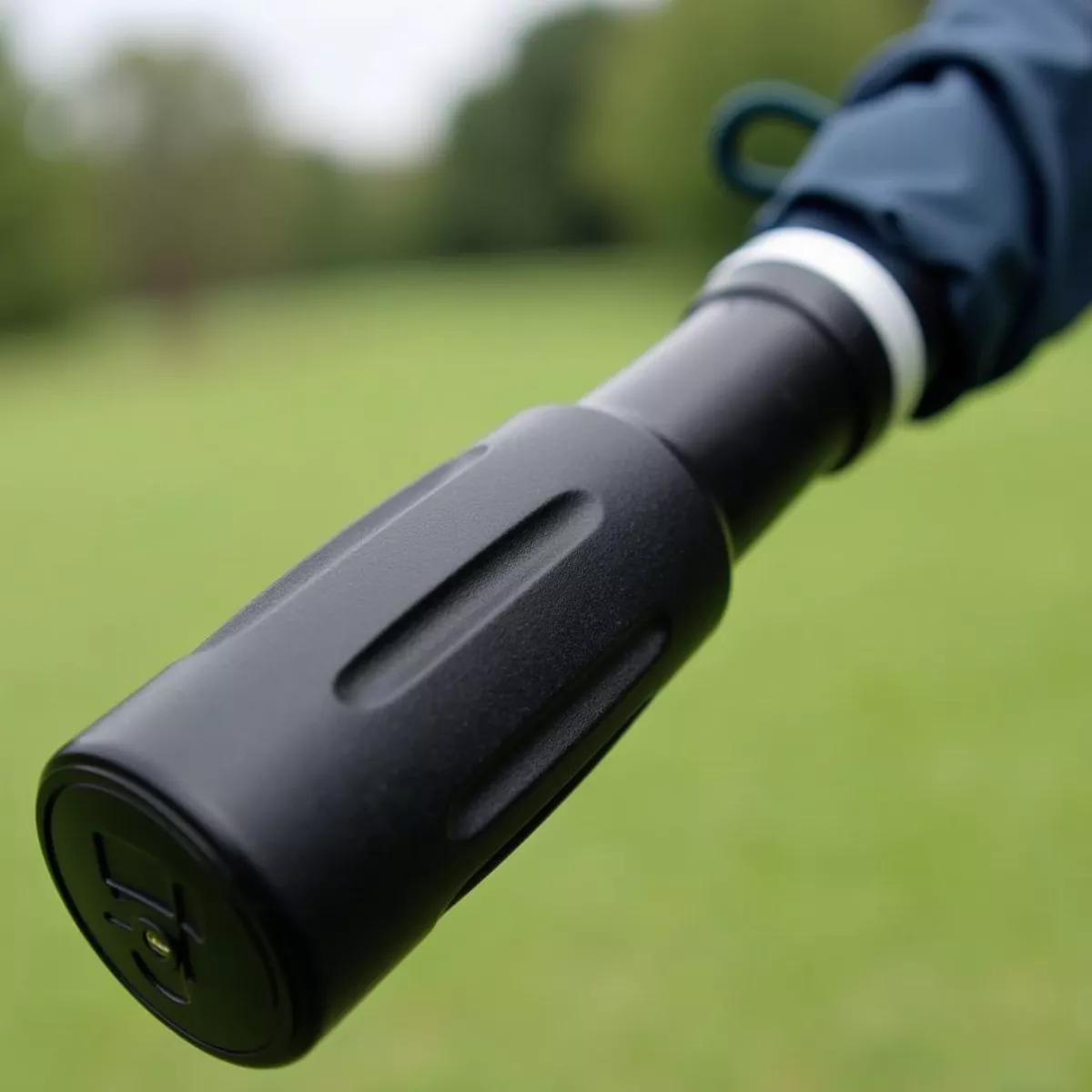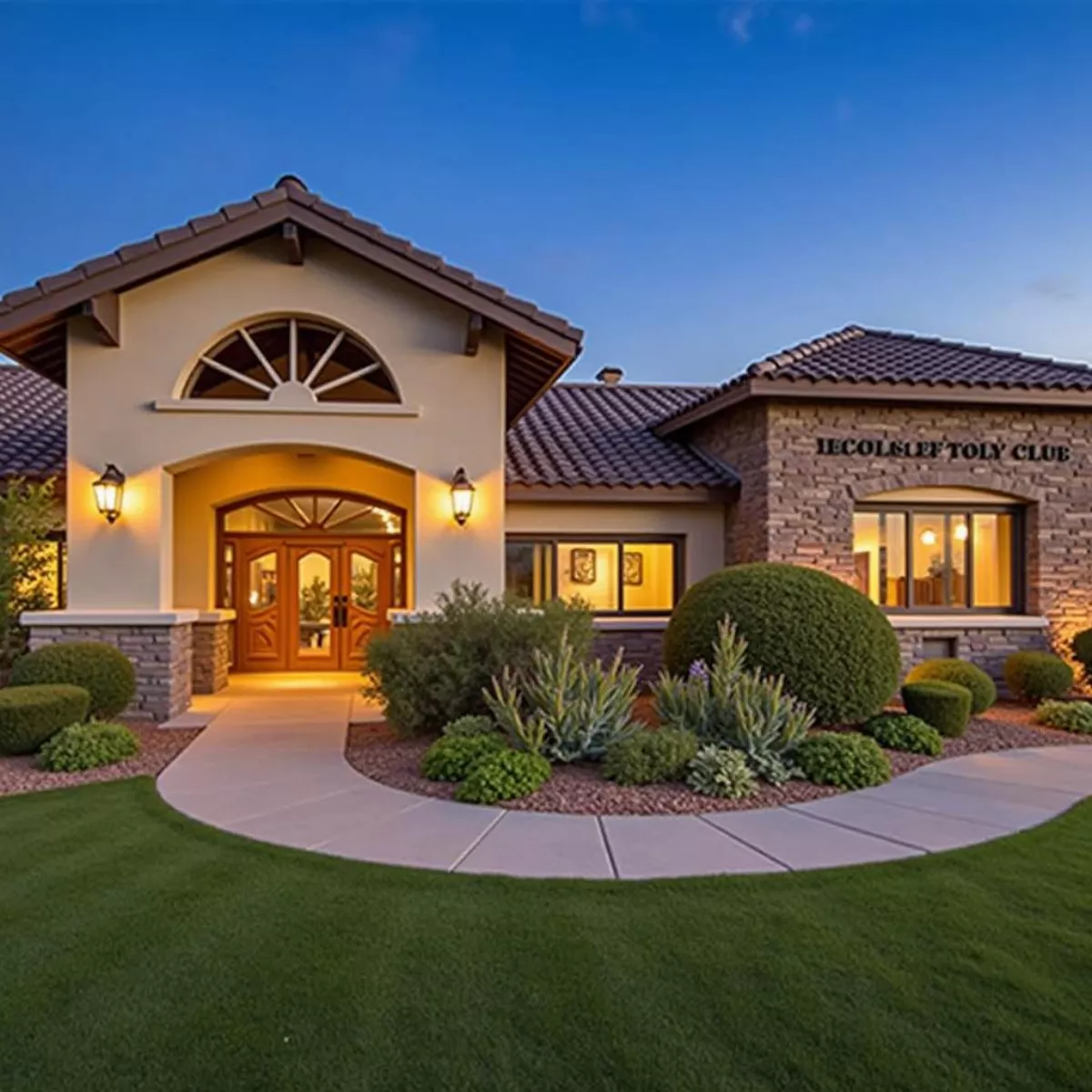When you step onto the golf course, you’re not just packing your clubs and balls; you need to prepare for the elements. A trusty golf umbrella can be a game-changer. Whether it’s shielding you from the blazing sun or keeping you dry during an unexpected downpour, a golf umbrella is a must-have accessory for golfers. Let’s dive into what a golf umbrella is, why it’s essential, and how to choose the best one.
What is a Golf Umbrella?
A golf umbrella is a large, sturdy umbrella designed specifically for golfers. Unlike regular umbrellas, these are crafted to withstand the whipping winds and heavy rains often encountered on the course. The large canopy provides ample coverage, not just for the player, but also for their clubs and equipment.
Characteristics of Golf Umbrellas
Golf umbrellas typically have the following features:
- Size: Usually measuring between 60 to 68 inches in diameter.
- Durability: Made from robust materials like fiberglass or high-grade steel, which resist breaking or bending.
- Water Resistance: Often constructed with water-resistant materials to keep you dry.
- Windproof Design: Many feature vented canopies to allow wind to pass through, reducing the risk of inversion.
- UV Protection: Offers protection against harmful UV rays, beneficial for sunny days on the course.
The Importance of a Golf Umbrella
Having a golf umbrella adds layers of convenience and protection while you’re on the course. Here are some reasons why it’s indispensable:
- Weather Protection: Be it rain or sun, a golf umbrella shields you from the elements.
- Equipment Safety: It can protect your clubs and bags from getting soaked or overheated.
- Comfort: Playing in extreme weather can be uncomfortable. Staying dry and cool enhances your overall golf experience.
- Visibility: Brightly colored umbrellas can even serve as a visual cue for your group or playing partners.
“A great round of golf shouldn’t end with getting caught in a shower.” – Golf Instructor, John Doe.
 Golfer Using Umbrella on Sunny Course
Golfer Using Umbrella on Sunny Course
Choosing the Best Golf Umbrella
When it comes to selecting the right golf umbrella, consider these factors:
| Feature | What to Look For |
|---|---|
| Size | Opt for a 60 to 68-inch model for maximum coverage. |
| Material | Look for fiberglass or aluminum for durability. |
| Weight | Choose a lightweight yet sturdy option for easy carrying. |
| Handle | Ergonomic and non-slip handles provide comfort. |
| Color/Design | Bright colors or patterns help with visibility on the course. |
Understand Your Needs
Understanding your specific golfing needs can help you find the perfect umbrella:
- Frequent Rain: If you play in rainy climates, invest in a heavy-duty, wind-resistant model.
- Sunny Weather: For sunny environments, choose an umbrella with UV protection.
- Mixed Conditions: Consider a versatile, robust umbrella that caters to both rain and shine.
 Golf Umbrella Display
Golf Umbrella Display
How to Maintain Your Golf Umbrella
Taking care of your golf umbrella will extend its life substantially. Here are some tips to ensure it stays in top condition:
- Dry It: Always let your umbrella dry fully after use to avoid mildew.
- Clean: Occasionally wipe it down with a damp cloth to remove dirt and grime.
- Store Properly: Keep it in a cool, dry place when not in use, preferably in its case.
- Check for Damage: Regularly inspect for broken ribs or a torn canopy and repair as needed.
Popular Brands of Golf Umbrellas
A plethora of brands cater to golfers when it comes to umbrellas. Here are a few top names:
- Titleist: Known for premium quality.
- Callaway: Offers stylish and functional designs.
- Ping: Renowned for their sturdy build.
- TaylorMade: Popular for their clever features.
 Golf Umbrella Handle
Golf Umbrella Handle
Key Takeaways
- A golf umbrella is essential for weather protection on the course.
- Key features to consider when purchasing include size, durability, weight, handle design, and color.
- Regular maintenance is crucial for longevity.
- Several reputable brands provide quality options suited for any golfer’s needs.
FAQ Section
1. What size golf umbrella should I use?
Opt for a size between 60 to 68 inches for adequate coverage.
2. Are golf umbrellas windproof?
Yes, many golf umbrellas come with a wind-resistant design, often featuring a vented canopy to prevent inversion.
3. Can I use a regular umbrella instead of a golf umbrella?
While you can, a regular umbrella is typically not as durable or wind-resistant, making it less effective on the golf course.
4. How do I clean my golf umbrella?
Use a damp cloth to wipe down the fabric and frame. Ensure it is completely dry before storing.
5. Do golf umbrellas provide UV protection?
Many golf umbrellas offer UV protection, shielding you from harmful sun rays while you play.
6. Can I use a golf umbrella for other activities?
Absolutely! They are great for any outdoor activity where sun or rain could be an issue.
7. How do I store my golf umbrella?
Store it in a cool, dry area and make sure it is thoroughly dry to prevent mildew.
8. What materials are best for golf umbrellas?
Look for umbrellas made from fiberglass or high-grade steel for durability and strength.
9. Are there golf umbrellas designed for both rain and sun?
Yes, many umbrellas offer features that cater to both rain protection and UV blocking.
10. Can I customize my golf umbrella?
Many brands offer customization options, allowing you to add logos or personal designs.
By keeping these factors in mind, you can ensure that your golf umbrella not only meets your needs but significantly enhances your overall golf experience. Happy golfing, and may you always find shelter under your trusty golf umbrella!

 Yuma Golf and Country Club Clubhouse
Yuma Golf and Country Club Clubhouse Golfers on Course in Yuma Arizona
Golfers on Course in Yuma Arizona
 Puma Ignite PwrAdapt Caged Golf Shoes
Puma Ignite PwrAdapt Caged Golf Shoes Cleaning Golf Shoes After Round
Cleaning Golf Shoes After Round Modern Stylish Golf Shoes for Off-Course Wear
Modern Stylish Golf Shoes for Off-Course Wear
 Different types of golf towels
Different types of golf towels
 Various Golf Glove Styles and Materials
Various Golf Glove Styles and Materials Signs of Wear on a Golf Glove
Signs of Wear on a Golf Glove
 Golfer Choosing Golf Ball
Golfer Choosing Golf Ball  Golf Ball in Flight
Golf Ball in Flight 
 Golfers Using Split Tees
Golfers Using Split Tees Golfer Deciding on Tee Box
Golfer Deciding on Tee Box
 Challenging Hole at Wickenburg Ranch Golf Course
Challenging Hole at Wickenburg Ranch Golf Course Wickenburg Ranch Golf Course Clubhouse
Wickenburg Ranch Golf Course Clubhouse
 Close up of Air Max 97 Golf Shoes traction
Close up of Air Max 97 Golf Shoes traction Variety of Air Max 97 Golf Shoes colorways
Variety of Air Max 97 Golf Shoes colorways
 Golfer Practicing Putting on the Green
Golfer Practicing Putting on the Green Golfer Lining Up Chip Shot Near Sand Trap
Golfer Lining Up Chip Shot Near Sand Trap